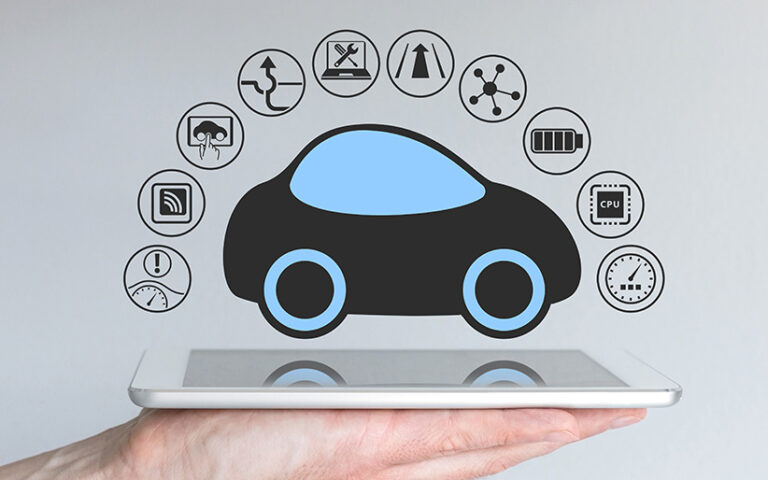– By Paul Miller, Product Manager, APAC, Verizon Connect –
Innovation in telematics has evolved rapidly in recent years. From simple geolocation monitoring to on-board diagnostics and mapping, thousands of businesses of all sizes have adopted some form of telematics to better manage their fleets.
Here are the top five trends in telematics we are seeing at Verizon Connect.
Trend 1 – Smart scheduling tools emerge from post-pandemic pivot
During the pandemic restrictions, fleet managers needed options to control vehicle schedules remotely while retaining visibility, leading to the use of enhanced scheduling options. Smart scheduling tools provide control over vehicle selection based on criteria such as including location, fuel optimisation or driver/tradesperson experience and skill set for the job.
In the past, a job would be assigned to a vehicle based on its proximity and workload. Smart scheduling options find the driver who can arrive to the job first, based on location and job status. These tools also give customers updates when the vehicle is on its way and sends automated ETAs.
Some even provide dispatch options based on “customer ratings” that match drivers with consistently high ratings to the business’ premium clients.
Smart scheduling also improves employee safety measures by replacing manual run sheets and depot sign-in processes to electronic fleet scheduling. This allows for COVID-19 safe processes to be integrated into field management and dispatch.
Trend 2 – Convergence of assets and vehicles
Businesses are now looking for ways to connect vehicles with related people and assets to keep track of everything needed on sites or at jobs, including heavy equipment, machines, storage containers, on sites or at jobs. In the case of machines, it’s also possible to track engine hours to improve maintenance scheduling.
Besides fleet management, this gives businesses that manage heavy equipment, tools, building materials and consumables a way to bring these assets together with their respective drivers and technicians to provide a 360-degree view.
Trend 3 – Upgrading video intelligence
While most drivers have access to dash cams, a new breed of in-vehicle camera armed with video intelligence includes the smarts to alert the head office immediately in the event of any incident. In fact, these modern-day devices can also relay video footage within five seconds of an incident with a clip of the incident, helping to ensure the driver’s safety as well as providing key evidence for insurance claims.
The AI uses the fleet manager’s business decisions to learn what that is important, so they are not swamped with footage and notifications. This removes the most frustrating and time-consuming part of managing dashcams footage.
In the future, we expect this capability will be extended to driver facing cameras using artificial intelligence to detect abnormal driver behaviour such as fatigued or distracted drivers.
Trend 4 – Productising data
Original equipment manufacturers (OEM) have started to understand the value of in-vehicle sensor data and data streams. In its recent data on connected cars, McKinsey, has identified the overall revenue opportunity for industry players from car data monetisation at a global scale might add up to between $250 to $400 billion (USD) by 2030.
This trend will likely continue to all businesses that create and supply data to the fleet industry, resulting in the requirement for fleet managers to purchase valuable insights from crossmatching vehicle data and third-party data sources (such as fuel cards) to access alerts or dashboards.
For example, information connected with traffic systems can help fleets identify and reduce risk of being caught in traffic congestion or identifying road potholes from other connected car data.
Trend 5 – Prognostics as a Service
The holy grail of fleet maintenance is being able to predict and prepare for diagnostics issues that can minimise a vehicle’s downtime.
We will start seeing fleet managers using prognostics-as-a-service to track and prepare for scheduled maintenance to avoid issues and ensure there are adequate replacements on hand. We are also starting to see increased integration of sensor warning data to analyse vehicle issues ahead of time, such as faults that may arise within certain timeframes or under specific uses and terrains.
Conclusion
Telematics platforms are becoming smarter with a range of data options. To help manage the complexity of decision making for vehicle fleets, consider using a platform that brings multiple sources of data together in a way that facilitates easier decision making and integrates into the wider business goals.
It’s important for any fleet business, to select a telematics platform that is designed to make fleet management easier by integrating new sources of data to support smart business decisions.






